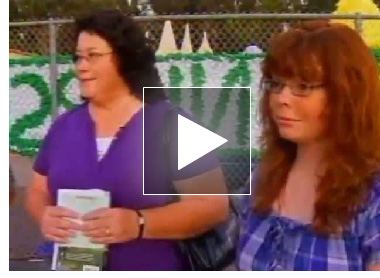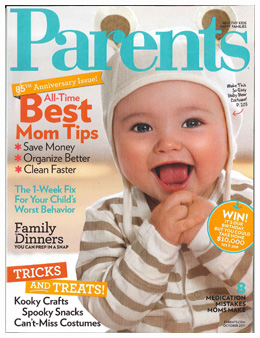When bullying backfires — a happy ending!
by Beth Finke
 It’s high school homecoming time, and apparently some kids at a high school in southern California decided to play a cruel joke and put Rachel Sampson, a 14-year-old girl with Asperger’s, on the ballot for homecoming princess. Rachel Sampson’s mother Kathleen was quoted in a story about the prank on NBC News saying, “Rachel has a lot of friends, but she doesn’t socialize outside of school, that’s a little too difficult for her right now.”
It’s high school homecoming time, and apparently some kids at a high school in southern California decided to play a cruel joke and put Rachel Sampson, a 14-year-old girl with Asperger’s, on the ballot for homecoming princess. Rachel Sampson’s mother Kathleen was quoted in a story about the prank on NBC News saying, “Rachel has a lot of friends, but she doesn’t socialize outside of school, that’s a little too difficult for her right now.”
In the end, it sounds like Rachel has more friends than those bullies who pulled the prank do. After her fellow students at the high school in Poway, Calif., learned what the bullies had done, they rallied and voted for Rachel — and she won!
The NBC News story reported that Rachel Sampson wasn’t discouraged by the prank. “I decided that if it was a mean joke, it would drive those kids really nuts if I actually won and had a lot of fun with it,” she said in the NBC interview. “I’m just hoping that other kids who have been bullied are going to get a message from this and other kids who are bullies realize what they’re doing is wrong.”
Wow. What a great story. Rachel Sampson really is a princess!







 When Apple unveiled the Macintosh way back in 1984, they promoted it as “the computer for the rest of us.” Computers before then had been designed with high-tech geeks in mind, but Steve Jobs was a visionary. He understood that everyone could benefit from the technology.
When Apple unveiled the Macintosh way back in 1984, they promoted it as “the computer for the rest of us.” Computers before then had been designed with high-tech geeks in mind, but Steve Jobs was a visionary. He understood that everyone could benefit from the technology. October’s issue of Parents Magazine features Easter Seals in a five-page article called Understanding Autism. The article is about Easter Seals Make the First Five Count — our new awareness and advocacy effort designed to give children with or at risk of autism, developmental delays or disabilities the right support they need to be school-ready and build a foundation for a lifetime of learning.
October’s issue of Parents Magazine features Easter Seals in a five-page article called Understanding Autism. The article is about Easter Seals Make the First Five Count — our new awareness and advocacy effort designed to give children with or at risk of autism, developmental delays or disabilities the right support they need to be school-ready and build a foundation for a lifetime of learning.